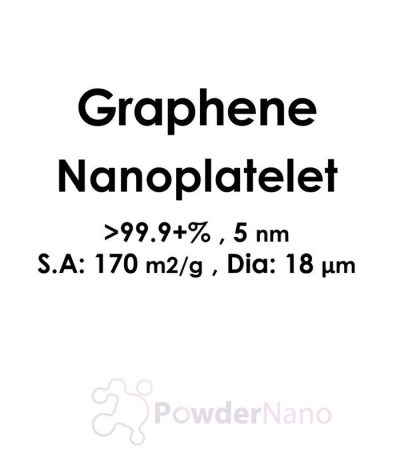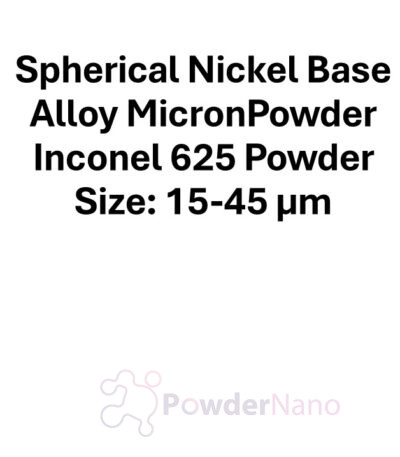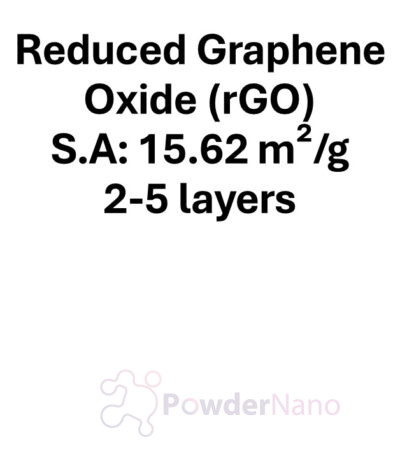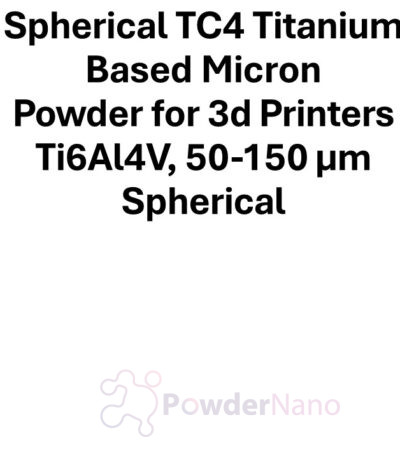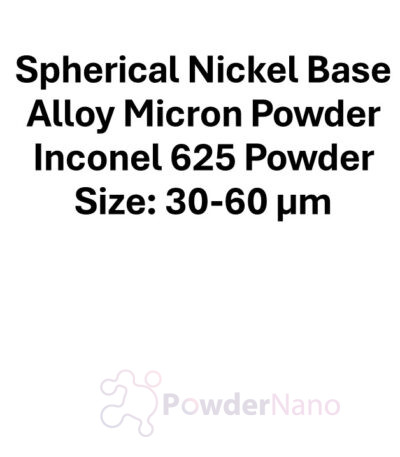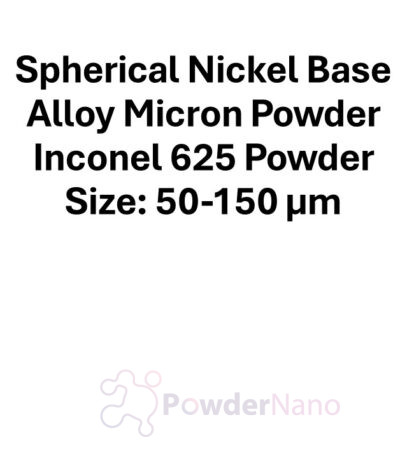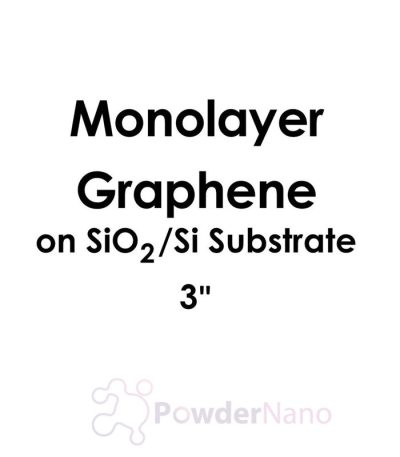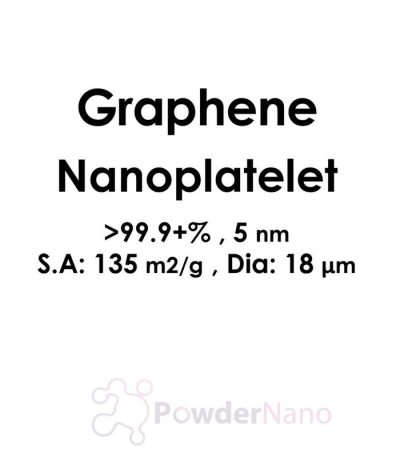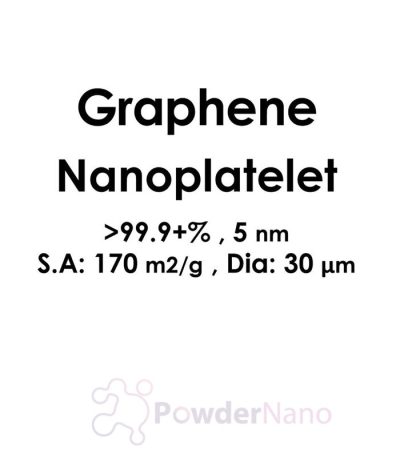Graphene Nanoplatelet (GNP)
Purity: 99.9+% | Size: 5 nm (thickness) | Surface Area: 170 m²/g | Diameter: 30 μm
Description:
Graphene Nanoplatelets (GNPs) are high-purity carbon nanomaterials made of multiple graphene layers. With a nanoscale thickness of 5 nm, a large lateral diameter of 30 μm, and a surface area of 170 m²/g, this material exhibits exceptional thermal, mechanical, and electrical properties. Its high aspect ratio and purity make it ideal for use in advanced materials, energy storage, and industrial applications.
Technical Properties
- Purity: 99.9+%, ensuring negligible impurities for precision applications
- Thickness (Size): 5 nm, allowing flexibility and superior nanoscale layer properties
- Surface Area (S.A.): 170 m²/g, providing an extensive active area for interactions in catalytic, sensing, or energy applications
- Diameter (Dia.): 30 μm, enabling uniform dispersion and compatibility in composites
- Thermal Conductivity: ~3000 W/mK, providing efficient heat transfer
- Electrical Conductivity: High electrical conductivity due to graphene’s exceptional electron mobility
- Mechanical Strength: Tensile strength up to 130 GPa, making it one of the strongest materials
- Stability: Chemically inert and thermally stable under a variety of conditions
- Compatibility: Excellent dispersion in polymers, solvents, and composite matrices
Applications
- Energy Storage and Conversion
- Used in lithium-ion batteries and supercapacitors for improved energy density and cycling stability
- Enhances efficiency in fuel cells and advanced energy systems
- Thermal Management
- Integrated into thermal interface materials (TIMs) for enhanced heat dissipation in electronics
- Improves thermal conductivity in coatings, composites, and industrial materials
- Polymer and Composite Reinforcement
- Enhances mechanical properties such as strength, elasticity, and thermal stability in polymers and resins
- Ideal for use in lightweight structural materials for automotive, aerospace, and construction industries
- Electronics and Sensors
- Used in printed electronics, conductive films, and inks for next-generation devices
- Plays a critical role in sensor applications for detecting gases, chemicals, and biological agents
- Catalysis
- Acts as an efficient catalyst or catalyst support for hydrogen evolution, oxygen reduction, and other chemical reactions
- Provides a large surface area for catalytic and electrochemical applications
- Coatings and Additives
- Enhances durability, conductivity, and anti-corrosion properties in coatings
- Reduces friction and improves performance in lubricants and greases
- Biomedical Applications
- Explored in drug delivery systems, biosensors, and tissue engineering due to its biocompatibility and functionalizable surface properties
Storage and Handling
- Storage Conditions: Store in a sealed, airtight container in a cool, dry, and dark environment to prevent degradation and contamination
- Safety Precautions: Handle with care using appropriate personal protective equipment (PPE), such as gloves, goggles, and a dust mask, to avoid inhalation or skin contact. Ensure proper ventilation during handling to minimize nanoparticle dispersion

